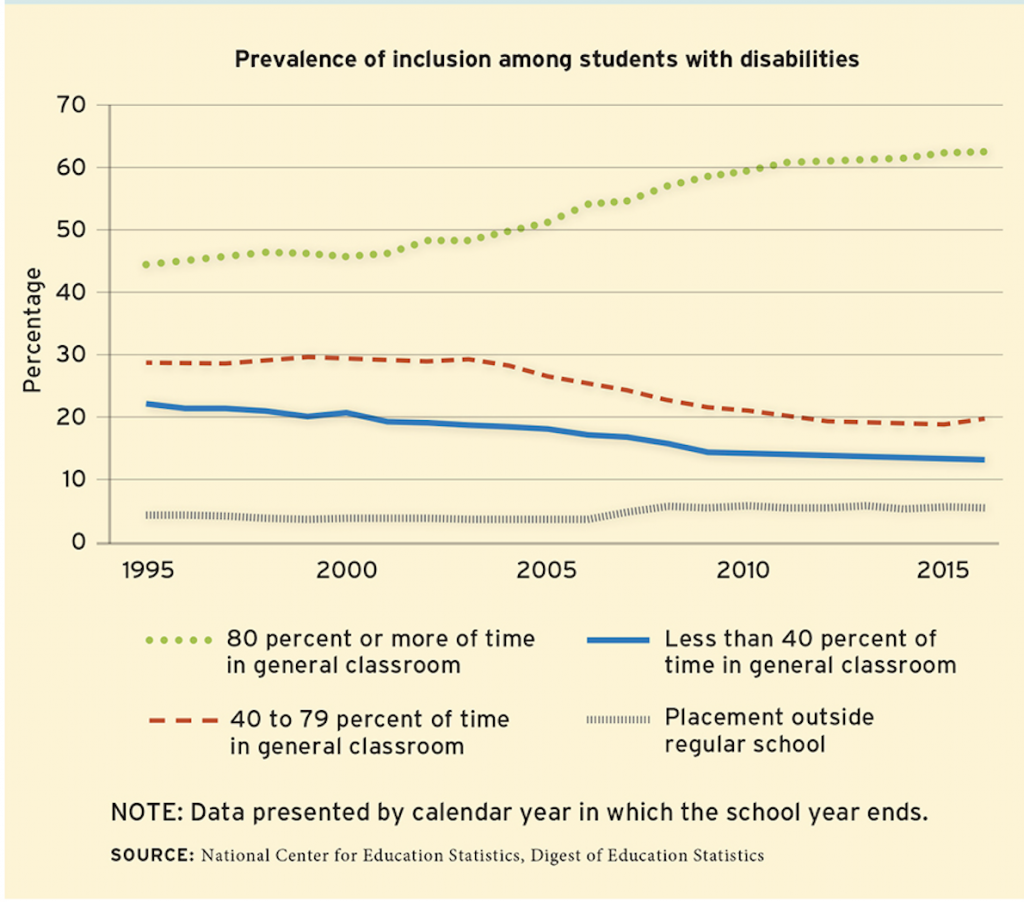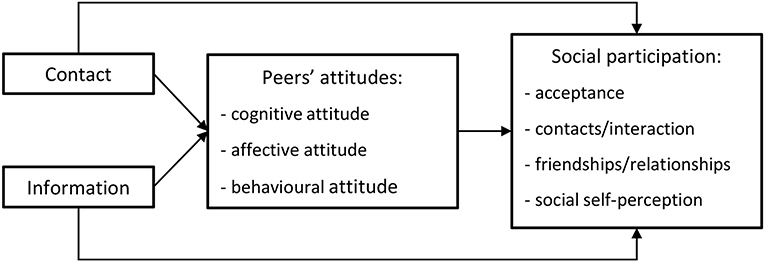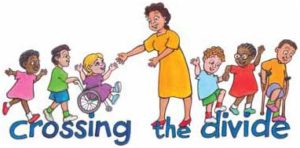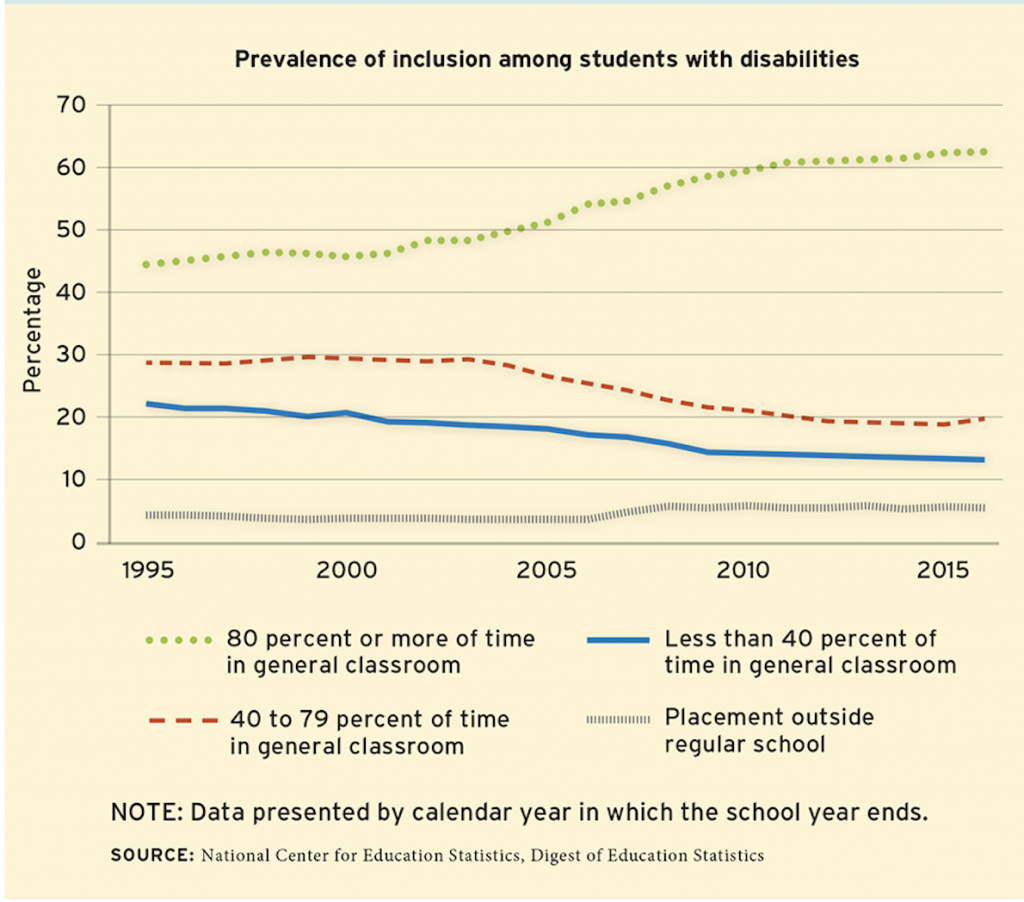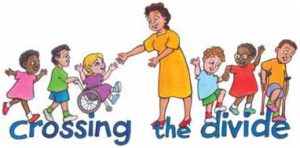1.
Wong adds to the conversation through what I found to be a very relevant metaphor. When I think about the accommodations that I fought to get in high school for my ADD, I saw them as “helpers” that I needed to be able to function the way everyone else does. I had never really thought about equity and diversity being capable of needing the same thing. Her metaphor about the shoes used for a race is found on page 27 in the second paragraph of the section “Equity vs. Equality”. I think that this metaphor can be used in any situation where people are just a little bit “different” from the majority of the people that they are working with and putting it into a scenario where most people can really see the importance of these accommodations.
In my experience in the case of a disability, people who do not need the accommodations that I need do not understand the point of them. Some even found it unfair that I would get extra time on an exam or could type my essays instead of write them. The metaphor that Wong uses allows people who do not need the accommodations to see why people who need them do. By phrasing it the way she does and then explaining how it relates to equality and equity, and the difference between the two, shows what needs to be done to accomplish inclusion. It is not just about having a more diverse group of people working, which is also something that Wong points out, it is about giving everyone the tools they need, whatever those may be, to be successful.
2.
Something that I noticed Wong did a often in her article is that after introducing a new point, she would elaborate on it. Since most, if not all, of her points are related in some way, transitioning from one point to another seemed extremely natural in the way that Wong posed her argument. A lot of the transitions she used to connect her points occurred naturally because the next point was able to validate or back up the previous one.
In the first section after the introduction, “Context: Social Inequities & Organizational Culture”, Wong makes a point, gives an example or explains what people are doing to cause the point she is making, and then concludes her poing by giving more information that will affect the reader. She did this well when she concluded her idea about safety professionals and their awareness with “When women die on the job, they are murdered at much higher rates than men, and a large percentage of women are killed at work by intimate partners”. This sentence is powerful and was a good way to transition into the conclusion of the section that reiterated the importance of safety professionals and their knowledge and awareness.
This week my mom and I went into the city and got bracelets that I saw online where they zap them on so that the only way to take them off is to cut it. If you need to cut it off you can always go back and they can put it back on. We got matching ones together!!

